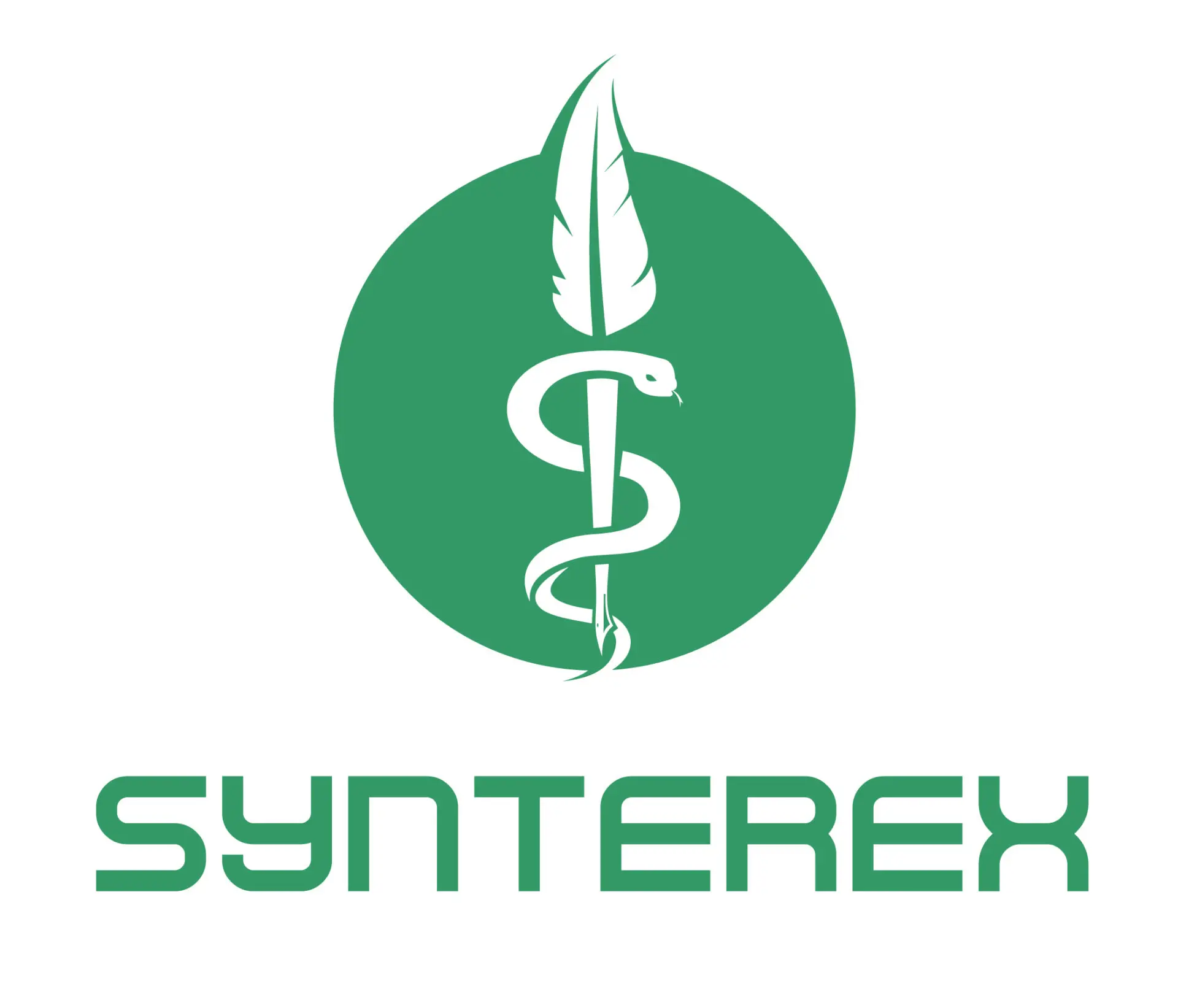Medical Writing & Pharma
Introduction Safety narratives serve as a critical component of clinical trial documentation, providing a comprehensive account of a patient’s experience throughout the study. These narratives play a key role in pharmacovigilance by offering detailed insights into adverse events that influence regulatory decisions and help safeguard patient health. As outlined in ICH E3, the International Council…
Read MoreIntroduction: Expanding, Not Eliminating, Medical Writing Roles The conversation around AI in medical writing often centers on headcount reduction—a short-term, cost-cutting approach that overlooks AI’s true potential as well as the value—often times measured intangibly through outcomes like risk reduction—that an experienced medical writer can bring to a document. Instead of focusing on shrinking teams,…
Read MoreIntroduction: AI’s Impact Beyond Headcount Generative AI offers potential efficiencies in drafting various document types in medical writing. However, when facing the opportunity to adopt generative AI, heads of medical writing departments have reported being under immense organizational pressure to demonstrate immediate cost savings by reducing headcount. While AI can certainly streamline processes, focusing solely…
Read MoreCancer unfolds when mitosis, or the process of cell reproduction, decides to break all the rules and go rogue. Despite significant strides in scientific understanding and cancer treatment, including use of artificial intelligence (AI) to accelerate cancer immunotherapy research, recent updates from the American Cancer Society cast a shadow on our optimistic journey. While scientific…
Read MoreAgileWriter™ is an AI tool designed specifically for medical writing, developed by experts in the field to meet the precise needs of clinical documentation. Importance of Subject Matter Experts: Involving subject matter experts (SMEs) in the creation of AI tools for medical writing ensures the tool is practical and meets user needs, avoiding misalignment and inefficiencies. Consequences of Excluding SMEs: Without direct input from medical writers, AI tools may focus on flashy features rather than essential functions, leading to misaligned priorities, extra user steps, and lost productivity. Benefits of AgileWriter™ are developed by medical writing leaders, integrates seamlessly into workflows, reducing guesswork and enhancing writing efficiency.
Read MorePediatric drug development is one of the most challenging areas of regulatory writing, where precision, guidance interpretation, and strategic planning are crucial to achieving regulatory success. Medical writers play a pivotal role in ensuring that regulatory submissions are clear, compliant, and robust enough to meet the unique needs of pediatric populations. In this blog, we’ll…
Read MoreAs we age, the complexity of our health often increases, leading to the management of multiple chronic conditions. This reality gives rise to a phenomenon known as polypharmacy, or the simultaneous use of multiple medications in a single patient. Polypharmacy is a significant concern, particularly among geriatric patients, where it is sometimes referred to more…
Read MoreAccording to the National Diabetes Statistics Report,1 5.7% of all United States (US) adults with type 1 diabetes rely on insulin for managing their condition. Additionally, approximately 12.3% of US adults starting using insulin within a year of their diabetes diagnosis. Insulin stands as a cornerstone in the treatment regimen, offering hope and vitality to…
Read MoreIn the ever-evolving battle against infectious diseases, the rise of drug-resistant infections poses a significant challenge to global health. These resilient bugs have developed mechanisms to withstand conventional treatments, leaving scientists and healthcare professionals searching for innovative solutions. In this blog post, we will explore the world of bug busters—the creative strategies, and the minds…
Read MoreIn the realm of pharmaceutical innovation, the Investigational New Drug (IND) application is a pivotal gateway, marking the initiation of clinical trials and the potential journey toward a groundbreaking new medication. Let’s explore the significance and process of an IND and its role in bringing novel therapies from the lab bench to the patient’s bedside.…
Read More